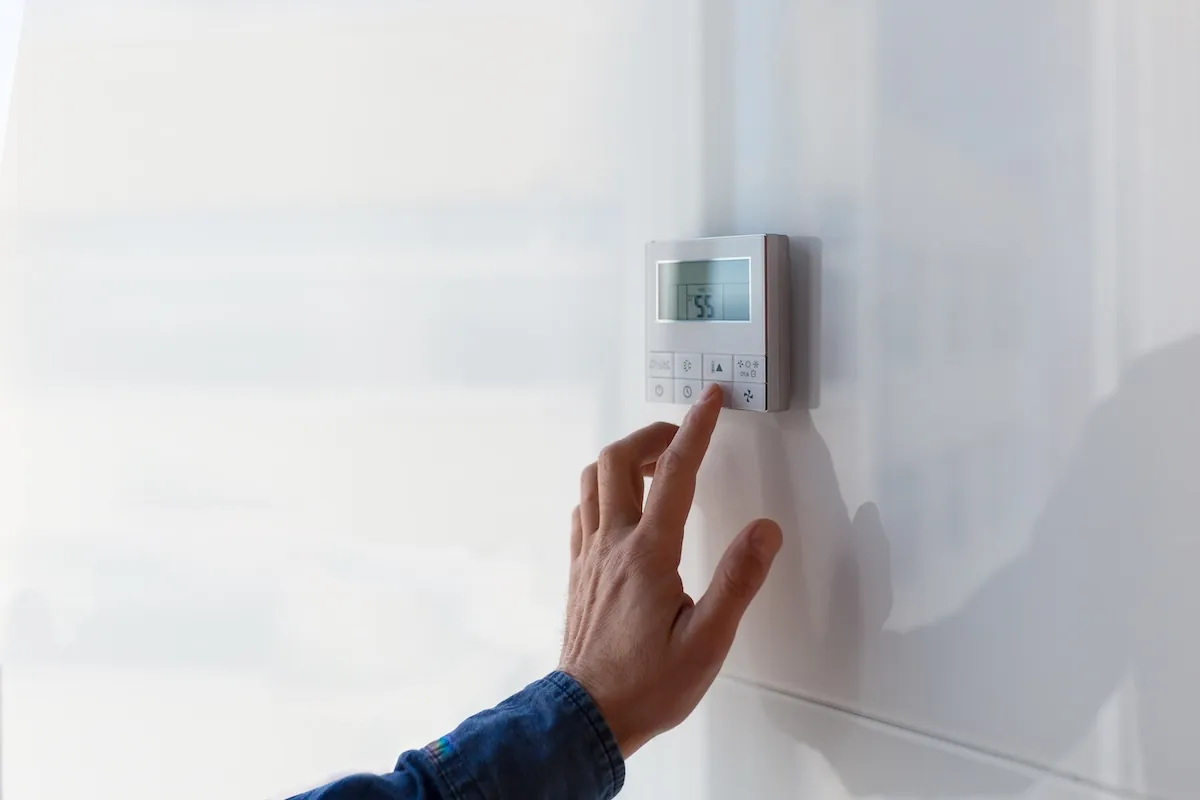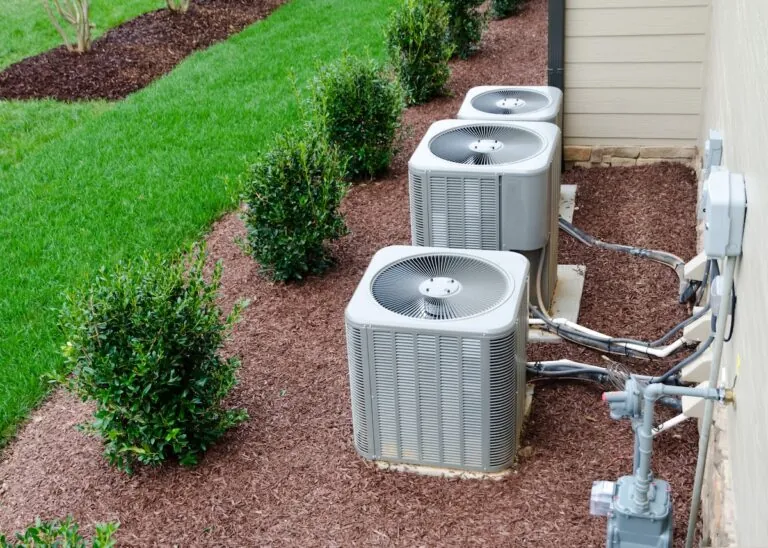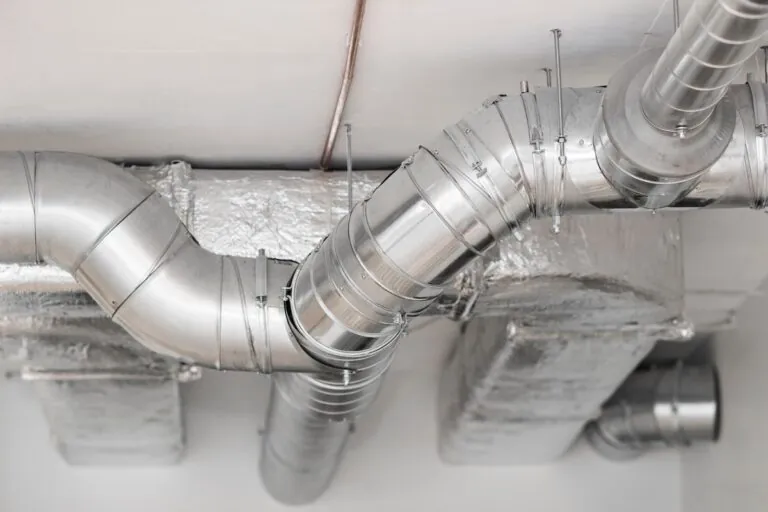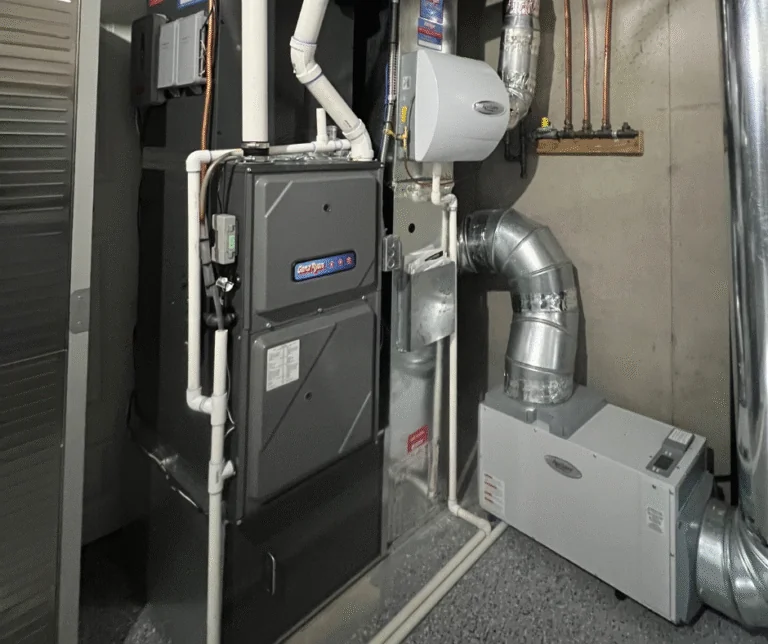When it comes to cooling your home, the debate between mini split vs central air is a common one for homeowners looking to upgrade or install a new system. Both systems offer reliable comfort, but they work differently and suit different types of homes and needs.
In this blog, you’ll learn:
- How mini split and central air systems differ in design and performance
- The advantages and limitations of each cooling system
- Which option may be the better fit for your home and budget
💨 What Is a Central Air System?
Central air conditioning is the most common type of home cooling system in the U.S., using ductwork to deliver cooled air throughout the house.

How It Works
A central air system includes an outdoor compressor unit and an indoor evaporator coil that connects to your furnace or air handler. Cooled air is distributed through a series of ducts to each room, and warm air is pulled back to the system to be cooled again. A thermostat centrally controls the entire system, ensuring even temperatures throughout the home.
Ideal Use Cases
Central air is ideal for homes that already have ductwork in place or are undergoing a full HVAC installation. It works well in larger homes or open layouts where even cooling is a priority. It’s also typically tied into your home’s heating system, providing year-round climate control.
🏠 What Is a Mini Split System?
Mini split systems—also known as ductless systems—use wall-mounted indoor units and a connected outdoor compressor to cool specific zones without ducts.
How It Works
Each indoor unit is installed in a particular room or zone and connects to the outdoor unit via a small conduit. The system delivers cooled air directly to the space it serves and can be individually controlled with a remote or thermostat. Because there are no ducts, there’s no energy loss through ductwork.
Ideal Use Cases
Mini splits are perfect for older homes without existing ducts, room additions, or spaces that need independent climate control. They’re often used in basements, garages, or guest rooms where extending ductwork isn’t practical or cost-effective.

📋 Mini Split vs Central Air: 5 Key Comparisons
Here’s how the two systems stack up side-by-side in the areas that matter most:
- Installation requirements: Central air needs ductwork throughout the home. Mini splits require only a small wall opening and are easier to install.
- Energy efficiency: Mini splits often use less energy by cooling specific zones and avoiding duct loss. Central air may use more power, but provides even cooling.
- Cost to install: Central air installation can be costly if ductwork is needed. Mini splits have lower upfront costs for smaller homes or single zones.
- Appearance: Central air is hidden within ceilings and vents. Mini splits have visible indoor units mounted on the wall or ceiling.
- Control and flexibility: Mini splits allow for individual temperature control by room. Central air is controlled by a single thermostat for the entire house.
✅ Pros and Cons of Central Air
Pros
- Uniform cooling: Delivers consistent, even temperatures throughout the home with one thermostat control, making climate management simple and reliable.
- Discreet appearance: Air vents are built into walls, ceilings, or floors—no bulky equipment is visible in living spaces, preserving your interior design.
- Integrated operation: Easily connects with your furnace for a single HVAC solution that handles both heating and cooling with centralized control.
Cons
- Higher energy use: Because the system cools the whole home at once, it may use more energy than necessary for smaller households or infrequently used rooms.
- Duct maintenance required: Ducts need to be cleaned and sealed regularly to prevent energy loss and ensure good air quality throughout your home.
- Higher upfront cost: Installing ductwork (if needed) can significantly increase the initial price of a central air system, especially during retrofits.
⭐️ Pros and Cons of Mini Split Systems
Pros
- Zone-specific cooling: Lets you cool one room at a time, improving comfort and reducing waste in areas that don’t need constant conditioning.
- Quick installation: No ductwork means faster and less invasive installation in most homes, often completed within a single day.
- Energy efficient: Ideal for lowering energy bills when you only need to cool certain rooms or reduce usage in less-used parts of your home.
Cons
- Visible units: Indoor units are mounted on the wall and may not match every home’s interior style or personal design preferences.
- Upfront equipment cost: While installation is easier, multiple zones require multiple indoor units, which can add up quickly in larger homes.
- Limited heating in extreme cold: Some models may struggle to provide adequate heat in freezing temperatures if used year-round without backup support.

🤔 Which System Is Right for You?
Deciding between mini split and central air comes down to your home’s layout, your comfort needs, and your budget.
- If your home already has ducts: Central air may be the more economical and integrated choice. You’ll benefit from full-home coverage and a familiar thermostat interface.
- If your home lacks ductwork: Mini splits can save you time, cost, and labor. They’re ideal for historic homes, detached garages, or rooms with inconsistent temperatures.
- If energy efficiency is your top priority: Mini splits typically outperform central air systems in energy savings when used strategically.
- If appearance matters: Central air offers a cleaner, less visible installation with no wall-mounted equipment.
- If flexibility is important: Mini splits give you the ability to cool individual rooms without affecting the rest of the house.
❄️ Stay Cool with the Right System for Your Home
Choosing the right cooling system isn’t always simple—but Genz-Ryan makes it easier. Whether you’re considering central air for full-home comfort or a mini split for added flexibility, we’re here to walk you through every step.
Understanding the difference between a mini split vs central air system can help you make a smarter, more informed investment in your comfort. Whether you’re building, renovating, or just tired of uneven temperatures, there’s a system that’s right for you.
Contact Genz-Ryan today! We’ll assess your home, review your options, and help you find a system that keeps you cool, efficient, and in control—all year long.








